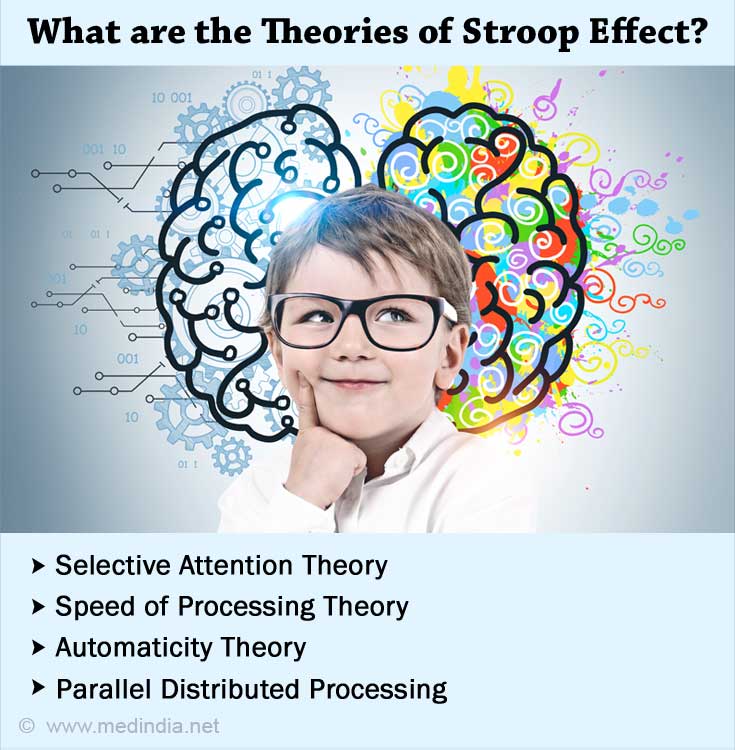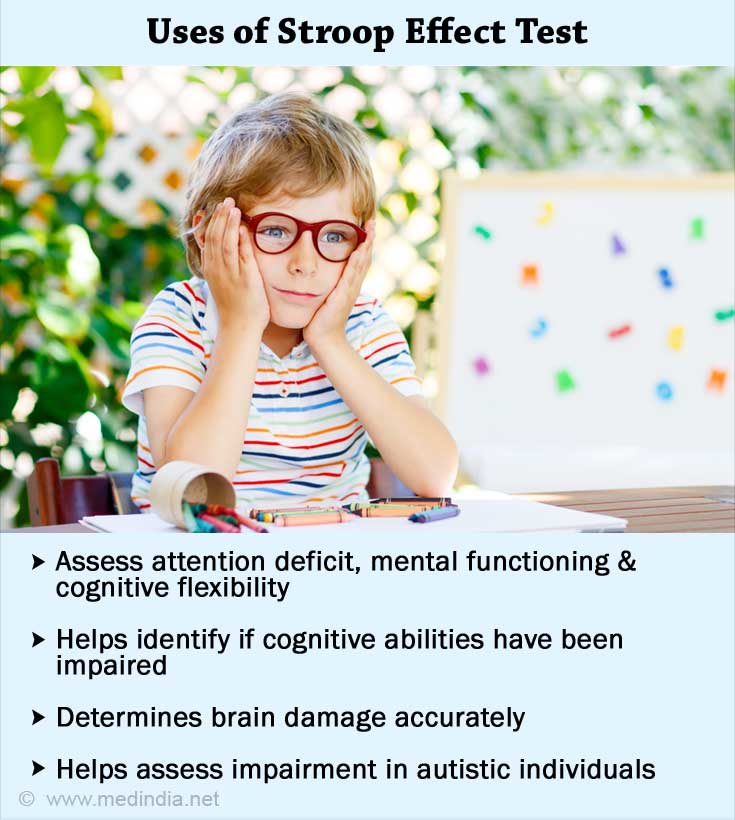- Neuroscience for Kids - (http://faculty.washington.edu/chudler/words.html)
- What the Stroop Effect Reveals About Our Minds - (https://lesley.edu/article/what-the-stroop-effect-reveals-about-our-minds)
- The Emotional Stroop Effect Is Modulated by the Biological Salience and Motivational Intensity Inherent in Stimuli - (https://www.frontiersin.org/articles/10.3389/fpsyg.2019.03023/full)
- Numerical stroop effect - (https://pubmed.ncbi.nlm.nih.gov/15058867/)
- The Emotional Stroop Task: Assessing Cognitive Performance under Exposure to Emotional Content - (https://www.ncbi.nlm.nih.gov/pmc/articles/PMC4993290/)
- The Stroop Effect - (https://www.simplypsychology.org/stroop-effect.html)
- Ask an Expert: How does Stroop Effect apply to real life situations? - (https://www.sciencebuddies.org/science-fair-projects/ask-an-expert/viewtopic.php?t=6139)
- Stroop Effect - (https://conductscience.com/portfolio/stroop-effect/#:~:text=Stroop%20effect%20has%20many%20practical,bipolar%20disorder%2C%20or%20major%20depression.)
- Stroop Test - (https://www.sciencedirect.com/topics/psychology/stroop-test)
- Clinical Application of the Modified Stroop Test to Children with Attention Deficit/Hyperactivity Disorder - (https://www.researchgate.net/publication/47792734_Clinical_Application_of_the_Modified_Stroop_Test_to_Children_with_Attention_DeficitHyperactivity_Disorder)
What is Stroop Effect?
Stroop Effect discovered by Ridley Stroop in the 1930s refers to the difficulty experienced when attempting to name the color of a word’s font when the word itself is a color. For example, the word ‘green’ is written in red color and the testee (the person doing the task) is expected to name red.
Another example is the word ‘yellow’ is written in blue color and the testee has to name blue. Thus, there is an incongruence in stimuli. This effect has been helpful to understand the human brain better.
Ridley Stroop conducted experiments with names of colors printed in black ink, in different colored ink and colored squares. He found that when there was incongruence between the color of the ink and the name of the color, there was a delay in reaction time.
The Emotional Stroop Effect refers to a word with emotional information compared to one with non-emotional information, there is a delayed reaction in the former. An example of this would be taking longer to read the color of the word ‘danger’ versus ‘sofa.’
The Numerical Stroop Effect refers to the delay in reaction time when the physical size of the digit and the numerical value are mismatched. It can also be based on the frequency of digits and the incongruent numerical value in a series of digit groups.
Based on the Stroop Effect, the Stroop Test was developed in which incongruent stimuli are presented to understand how it affects the processing capabilities of the testee.
How does Stroop Effect Work?
There are various theories that explain the mechanism of the Stroop phenomenon.
- The selective attention theory suggests that we tend to focus our attention on some information, ignoring other details. As it takes less attention to read the word, this is what the brain focuses on and processes.

- The speed of processing theory also suggests a similar premise. Reading words is easier than processing a color, making one read the word before taking note of the color, leading to a delay.
- Another theory is the automaticity theory which indicates that some brain functions are more automatic than others. Reading is more automatic than identifying colors.
- The brain is a highly complex organ and has different pathways to process different kinds of information. Therefore, the strength of the pathway also determines which information, the color or text, is processed. This is called parallel distributed processing
The anterior prefrontal cortex and dorsolateral prefrontal cortex are implicated in this phenomenon. This is important to note as these brain regions are damaged in certain mental disorders and therefore this test can be a way of assessing impairment. While the anterior prefrontal cortex decides how to allocate attention, the dorsolateral prefrontal cortex focuses on cognitive functions such as memory.
Stroop Effect in Real Life
The Stroop Effect is not seen in real life much as it is a laboratory test. But there are certain situations where it can influence perception. Stroop Effect in real life is encountered with advertisements depending on the color and font used. This is especially so with the Emotional Stroop Effect. Using words with an emotional valence delays processing when catching only glimpses of advertisements while traveling or using social media.
Women are found to have a shorter delay in reaction time than men. The reaction time also increases with older individuals due to declining cognitive abilities.
What are the Uses of the Stroop Effect Test?
The Stroop Color and Word Test has found several applications.

It is used as a neuropsychometric test to assess attention deficit, mental functioning, and cognitive flexibility.
- For individuals with severe psychiatric illnesses such as major depressive disorder, schizophrenia or bipolar disorder, the test is helpful to understand if cognitive abilities have been impaired.
- In depressive and anxiety disorders, individuals show a delayed reaction time to words related to their condition when the Emotional Stroop Test is administered.
- The Stroop Test can determine information processing and attentional abilities in neurodegenerative conditions such as Alzheimer's disease and dementia.
- The Stroop Test has been found 88.9% accurate in determining if an individual has brain damage.
- It also effectively tests the task-set coordinating and interference control in individuals with
attention deficit hyperactivity disorder (ADHD) . - The test can also be used to assess impairment in individuals with autism in which emotional processing is impaired. For patients with traumatic brain injury, the test assesses selective attention.
- For the elderly, the test can be helpful to understand the possible deterioration of cognitive functioning.
- Some physical health conditions are also related to a decline in mental health and the Stroop Test is effective in such cases too. Modified versions of the test are also used for people with language difficulties or disabilities.
What are the Advantages and Disadvantages of the Stroop Test?
The advantages of the Stroop Test include:
- Easy implementation
- Less training required
- Applicable across cultures
- Useful with a variety of conditions
- Backed by extensive research
The disadvantages of the test include:
- It cannot be applied with very young children who cannot read
- The gender difference in abilities mustbe considered for accurate interpretation
- The variations of the test may deviate from the theory and premise
To conclude, the Stroop Test has been found to be very useful in the psychological evaluation of cognitive deficits in individuals with mental health issues.







